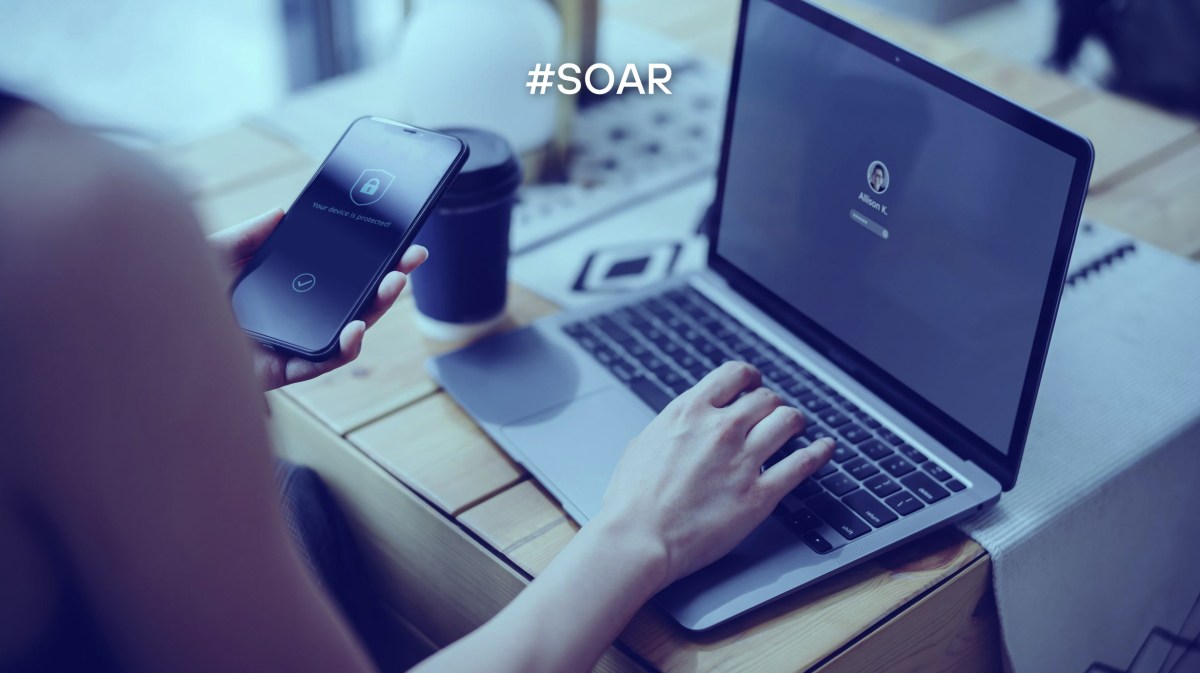What is the job of a SOAR engineer?
A SOAR (Security Orchestration, Automation, and Response) engineer is like the mastermind behind a well-planned relay race. We design and manage automated systems that ensure security threats are handed off and tackled swiftly without slowing down the team. By integrating various security tools into a streamlined process, we make sure everything works together seamlessly, allowing incidents to be addressed quickly and efficiently. In short, SOAR engineers the ones who build the framework that keeps the company’s security operations running smoothly, so teams can focus on bigger challenges while automation takes care of the rest.
What are the responsibilities of a SOAR engineer?
In short, SOAR engineers are the architects of security workflows. The responsibilities include designing and implementing automated security processes that help detect and respond to cyber threats more efficiently. This includes integrating security tools, creating playbooks (that’s where the magic happens), and ensuring these systems communicate seamlessly across the board. Summarizing this, engineers that work in this role are responsible for making sure security operations run like clockwork, with automation handling routine tasks, ensuring a centralized security investigation and collaboration between analysts.
What are the requirements to work as a SOAR engineer?
To work as a SOAR engineer, you’ll need a solid foundation in cybersecurity principles and hands-on experience in security operations. This is not an entry level role, so a background in cybersecurity is important. You should also be familiar with existing SOAR platforms, commercial, or some of the open-source variants at least, as well as scripting or automation tools (think Python, PowerShell, or similar).
Familiarity with SIEMs (Security Information and Event Management systems) is also a huge plus. Finally, a knack for problem-solving and a dash of creativity to think outside the box, definitely helps in this role!
What tools and technologies are most used for this professional profile?
SOAR engineers work with a wide variety of tools, primarily focused on automation and security orchestration. Common platforms include Google Chronicle, Cortex XSOAR, Splunk Phantom, and IBM Resilient, which serve as the backbone for automating security workflows.
You’ll also interact with SIEMs (Security Information and Event Management) like Splunk, QRadar, or ArcSight for monitoring and analyzing security data. Integration with firewalls, intrusion detection/prevention systems (IDS/IPS), threat intelligence platforms, and ticketing systems such as Jira or ServiceNow is also key to ensuring seamless security operations.
Essentially, if it’s part of the security ecosystem, you’ll likely work with it. In addition, scripting is a huge part of the job—Python is especially important for automating workflows and building custom integrations. On top of that, familiarity with automation tools like Ansible, Chef, or Puppet can be valuable.
What is the importance of SOAR engineers in companies?
SOAR engineers are basically the unsung heroes that prevent companies from getting buried under the weight of security alerts. They help streamline security operations by automating repetitive tasks, which allows security teams to focus on the more complex threats. Plus, they ensure faster incident response, reducing the time attackers have, to do damage. In a world where every second counts during a breach, SOAR engineers keep companies ahead of the game.
What practical examples of cybersecurity threats can SOAR systems be used for?
SOAR systems are used to handle a wide range of threats. For example, if a phishing attack occurs, a SOAR system can automatically isolate the infected machine, block the sender’s IP, and alert the appropriate teams—all without human intervention. If there’s an unusual login attempt from a suspicious location, SOAR can trigger an automatic lockout of the account, notify security personnel, and even start an investigation. Essentially, they can respond to incidents like malware infections, DDoS attacks, and unauthorized access—all with the precision, insights and speed that manual intervention simply can’t match.
How do SOAR systems differ from other cybersecurity tools?
They are the central part of a security investigation. Unlike most of the security tools which focus on detection or prevention, SOAR platforms integrate and automate responses to incidents across multiple systems.
They’re like the quarterbacks of the security team—coordinating everything, making decisions in real-time, and ensuring that the response is efficient and timely. While other tools might help detect or block threats, SOAR systems handle the “what now” after detection.
What advantages do they offer?
SOAR systems offer several key advantages that significantly enhance a company’s security posture.
First, speed: automation ensures responses to security incidents happen almost instantly, reducing the time attackers have, to exploit vulnerabilities.
Second, efficiency: routine tasks are handled by automation, freeing up security teams to focus on higher-priority threats and more strategic work.
Third, consistency: automated workflows follow predefined steps, ensuring that responses are thorough and standardized, minimizing the risk of human error.
Additionally, SOAR systems improve scalability—as the volume of incidents increases, automation can handle the load without the need to constantly expand the security team. In short, SOAR systems optimize both time and resources, allowing companies to respond to threats faster and more effectively.
What challenges do companies implementing SOAR systems face?
Implementing SOAR systems comes with its fair share of challenges. One of the biggest hurdles is integration—many organizations use a mix of legacy systems and modern tools, and getting everything to work together seamlessly can be complex and time-consuming.
There’s also the challenge of designing effective workflows. Creating automation playbooks that address security incidents properly without overcomplicating things takes a deep understanding of both security threats and the tools at hand.
Additionally, resource allocation can be an issue. Implementing SOAR often requires dedicated time, skilled personnel, and sometimes a significant investment in training and infrastructure.
Lastly, as SOAR systems are meant to automate, there’s always the challenge of ensuring the system doesn’t miss crucial context or make incorrect decisions during critical incidents, which requires constant tuning and oversight.
